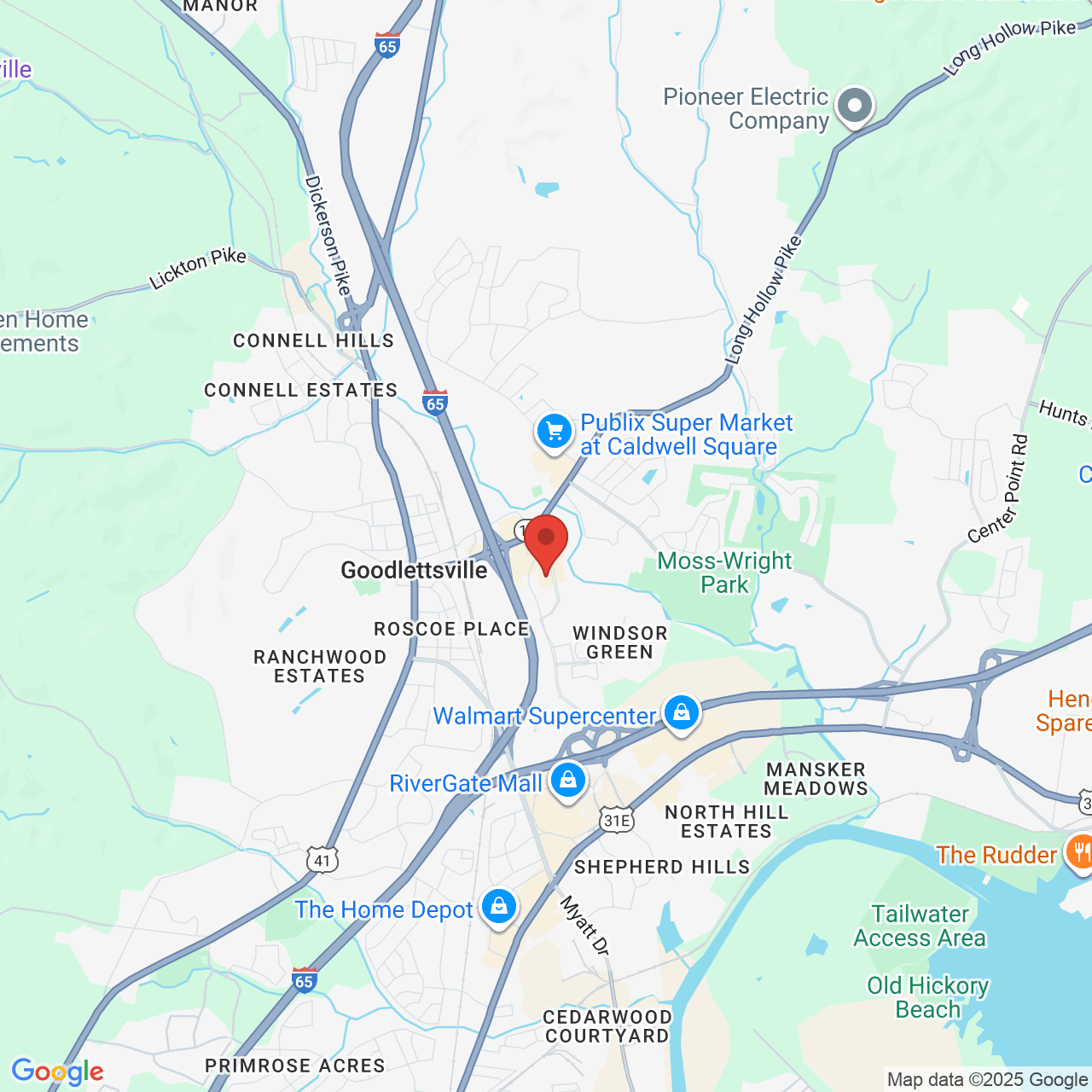What Can PRK Correct?
 PRK is a type of eye surgery that can treat refractive errors by improving the shape of the cornea. At Choate Eye Associates, serving Nashville, TN, Goodlettsville, TN, Hendersonville, TN, and surrounding areas, Dr. Walter Choate has decades of experience performing PRK surgery. Here, he discusses what PRK can correct, and whether choosing PRK instead of LASIK may be your best option.
PRK is a type of eye surgery that can treat refractive errors by improving the shape of the cornea. At Choate Eye Associates, serving Nashville, TN, Goodlettsville, TN, Hendersonville, TN, and surrounding areas, Dr. Walter Choate has decades of experience performing PRK surgery. Here, he discusses what PRK can correct, and whether choosing PRK instead of LASIK may be your best option.
Nearsightedness
Nearsightedness, also known as myopia, is a refractive error that causes the eye to have difficulty focusing on distant objects. This occurs when the eye is too long or the cornea is too curved, causing light to focus in front of the retina instead of on it.
Farsightedness
Farsightedness, also known as hyperopia, is a refractive error in which the eye has difficulty focusing on nearby objects. This occurs when the eye is too short or the cornea is too flat, causing light to focus behind the retina instead of on it.
Astigmatism
Astigmatism is a common refractive error of the eye in which the cornea is not perfectly round, but instead has an irregular shape. This causes light to focus unevenly on the retina, which results in blurred or distorted vision.
Thin Corneas
When it comes to correcting vision problems in people with thin corneas, there are several options to consider, including LASIK and PRK. Both procedures are types of refractive surgery, but they work in slightly different ways.
LASIK involves creating a flap in the cornea and using a laser to reshape the underlying corneal tissue. After the reshaping is complete, the flap is replaced and allowed to heal. Because LASIK requires a thicker cornea to create the flap, it may not be suitable for people with thin corneas.
PRK, on the other hand, does not require the creation of a flap. Instead, the outer layer of the cornea is removed, and a laser is used to reshape the underlying corneal tissue. While this makes PRK a safer option for people with thin corneas, it does require a longer recovery time than LASIK, and it may be associated with more discomfort during the healing process.
In general, the choice between LASIK and PRK for people with thin corneas will depend on several factors, including the degree of thinness of the cornea, the degree of refractive error, and the age and overall eye health of the patient. Your eye doctor can evaluate your individual case and recommend the most appropriate treatment for your specific needs.
Why Choose PRK?
While glasses and contact lenses are safe and effective ways to correct vision problems, they can be inconvenient or uncomfortable for some people. Glasses can be easily misplaced or broken, and some people find them uncomfortable or unattractive. Contact lenses can be a good alternative for people who don't like wearing glasses, but they can be difficult to insert and remove, and they require careful cleaning and maintenance.
PRK can be a good option for people who want to reduce their dependence on glasses or contact lenses.
Contact Choate Eye Associates
To find out if PRK is the best solution for your individual case, contact Choate Eye Associates today. You can call us at (615) 851-7575 or send us a message online.



